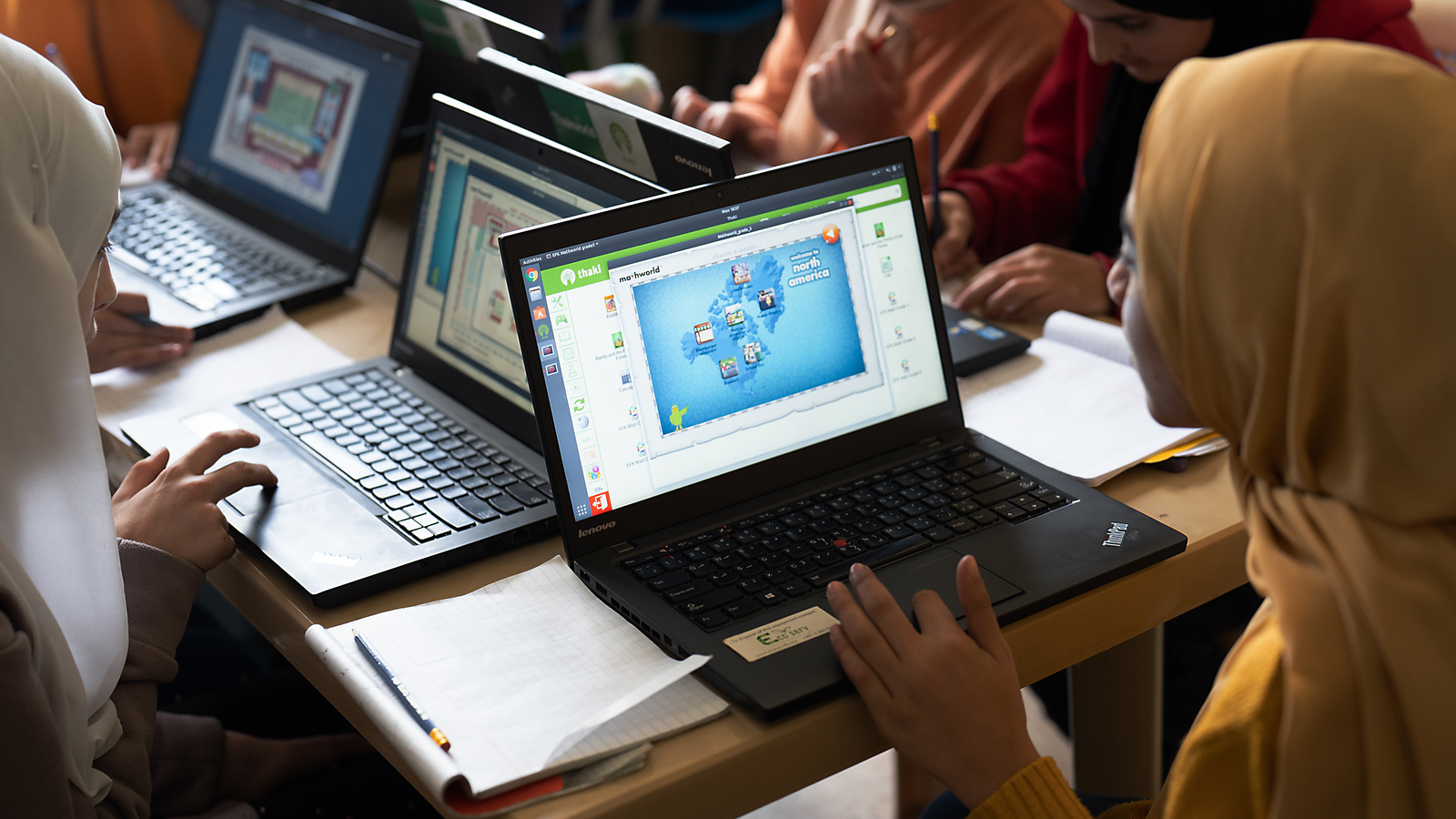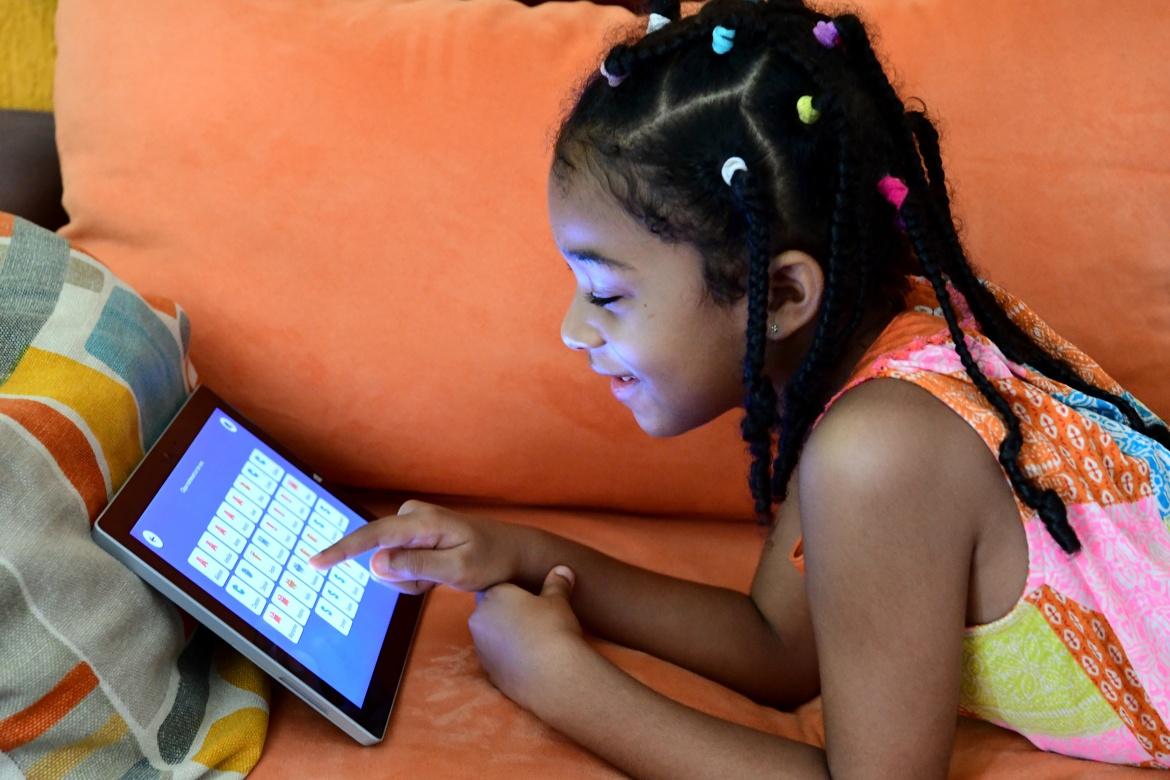
WeRobotics’ Solver Story: Using Drones to Solve Real-World Problems
WeRobotics wants to equip young people with skills for the 21st century. Through their Pacific Flying Labs and other Flying Labs around the world, WeRobotics does just that: they give disadvantaged youth training in aerial and marine robotics and inspire the next generation of drone pilots.
As a Solver, WeRobotics received Atlassian Foundation’s “10 in 10” Partnership Prize and the Australian Department of Foreign Affairs and Trade (DFAT) Indo-Pacific Development Prize. At Solve at MIT, WeRobotics Founder Patrick Meier had the opportunity to pitch his solution on stage to hundreds of attendees. In this article, he reflects on his experience as a Solver.
When I applied to Solve, I hoped…
... doing so would bring attention to young people in low-income countries who are using robotics to solve real-world problems.
After joining the Solver class, I realized…
... that no one else in the Solve community was focused on youth and robotics, which meant that we were on to something.
As a Solver, I learned...
... just how important access is—like the kind of access enabled by MIT’s unparalleled global network. It is our responsibility to ensure that WeRobotics’ local partners in low-income countries also directly benefit from this unique level of access.
By working with Solve, we were able to…
... train disadvantaged youth in the South Pacific on how to explore their surroundings using aerial and underwater drones for humanitarian and environmental work. In so doing, they became the youngest drone pilots in Fiji. These young people demonstrated their strong interest in learning how to use emerging technologies to solve problems in their region.
The momentum compelled the Australian DFAT to fund the second phase of our Pacific Flying Labs, which will enable us to scale local capacity-building efforts to other islands while creating local jobs for young people in the region.
At Solve at MIT, I had the chance to…
... present our solution and share Amrita's story. When Amrita graduated from high school, she took a year off to think hard about what she wanted to study at university. Nothing in the traditional departments appealed to her. One day, as she was beginning to despair about her future, she saw an ad in the local newspaper, a full-page ad with a large photograph of a drone, advertising the new Geospatial Sciences Program at the University of the South Pacific.
That was two years ago. In March 2018, Amrita not only graduated with a BA in geospatial sciences, she became a director at Pacific Flying Labs. Amrita became the first local drone pilot—and female pilot—in the region to formally deploy with the Fiji Red Cross to provide aerial support during disaster relief efforts. In so doing, Amrita is inspiring other young people from small island states across the region to follow in her footsteps.
In the future, I hope Solve will...
... help us find and empower other young professionals like Amrita.
Want to get involved with Solve? Applications to the 2018 Global Challenges closed July 1, and we’re in open feedback mode until July 20. Support future Solver teams by commenting and providing feedback on solutions to Solve’s 2018 Global Challenges.
Patrick Meier speaks at the Closing Plenary on "Design for Mars, Solve for Earth" during Solve at MIT, May 18, 2018. (Photo: Adam Schultz / MIT Solve)
Tags:
- Learning
- Economic Prosperity
- Sponsorship
- Partnerships
Related articles
-
Workforce Development for the Future: A Q&A with Michelle Hecht, Executive Vice President, Head of Corporate Affairs, Citizens

-
“Education is the one thing you can take with you.” A Q&A with Rudayna Abdo, Founder and CEO, Thaki

-
A LEAP in evidence-based innovation for education
How to address the need for evidence-based innovation in education by empowering researchers, social entrepreneurs and education organizations to work together.